We all know that anime has long surpassed mere entertainment—it’s a powerful storytelling medium in our modern era. One of the most compelling aspects of anime narratives is anime hero character development throughout the story. This gradual transformation in a character’s personality, goals, and motivations not only drives the plot forward but also builds a strong emotional connection between the audience and the characters. In this post, we’ll explore the subtle aspects of anime hero character development and how to analyze this fascinating process in depth.
Understanding Anime Hero Character Development
Anime hero character development refers to how protagonists grow and change over time throughout a series. In anime, this can be portrayed in many ways—through dialogue, actions, or internal monologues. Many series showcase this concept by gradually evolving the main character’s mindset, appearance, or goals from the first episode to the last, making them feel more alive and realistic.
Check Out My Online Store for All Your Art Needs
For example, in My Hero Academia, Izuku Midoriya starts off as a timid boy with no superpowers, but gradually develops into a determined hero. By the third season, not only does he display improved skills, but he also shows newfound confidence. This is a clear reflection of meaningful anime hero character development.

Character Arcs in Anime
The Reluctant Hero:
Characters like Light Yagami in Death Note represent the reluctant hero archetype. He wrestles with divine complexity and slowly transforms into someone morally ambiguous. As the story progresses, his desperation grows, showcasing a darker form of anime hero character development.
The Hero’s Journey:
Many anime follow the classic narrative structure of a hero’s journey, where the protagonist embarks on an adventure, faces hardships, and transforms. In Fullmetal Alchemist: Brotherhood, Edward and Alphonse Elric set off to reclaim their bodies, facing trials that challenge their values and ultimately learning deep lessons about sacrifice and brotherhood.
The Tragic Fall:
Some characters follow a more tragic path where initial ambitions clash with grim realities. In Attack on Titan, Eren Yeager begins with noble intentions but gradually descends into darkness, with his choices often hurting the people he loves—a powerful twist in anime hero character development.

Crafting Relatable Characters
Backstory Matters:
Creating a meaningful backstory is essential to anime hero character development. Understanding your hero’s family, childhood, rivals, and hobbies shapes the motivations behind their growth. For example, Naruto’s painful past explains much of his determination and empathy.
Flaws and Strengths:
A well-balanced character has both strengths and weaknesses. In My Hero Academia, Bakugo’s explosive temper is a major flaw but also a driving force behind his resolve to grow. These contradictions are crucial for impactful anime hero character development.
Clear Motivations:
What drives your hero—revenge, love, dreams? These motivations shape every decision. Tanjiro in Demon Slayer is powered by his love for his sister, which forms the emotional heart of his journey and illustrates a powerful example of anime hero character development.

The Role of Relationships
Mentorship
Mentors play a crucial role in guiding protagonists. In Hunter x Hunter, Gon learns invaluable lessons from mentors like Killua, helping them both evolve—a vital part of their anime hero character development.
Rivalries
Rivalries fuel character growth and inner conflict. In Haikyuu!!, the competition between Hinata and Kageyama pushes both to become stronger, exemplifying how rivalry enhances anime hero character development.
Emotional Bonds:
Emotional connections add depth to characters. In Your Lie in April, Kousei’s connection with Kaori helps him overcome past trauma and rediscover his passion for music, contributing to his profound anime hero character development.

Analyzing Character Growth While Watching Anime
Active Viewing:
Take notes on a character’s actions, decisions, and reactions as you watch. Pay attention to how they change over time—it’ll help you better understand their emotional and psychological journey.
Comparative Analysis:
Compare characters from different anime genres—action, romance, sports—to gain a broader perspective on how anime hero character development functions across storytelling styles.
Discussion & Feedback:
Sharing your story ideas with friends or fellow writers can help reveal gaps or patterns in your character arcs. Collaborative critique is a powerful tool for refining anime hero character development.

Final Thoughts on Character Growth
Anime hero character development isn’t just a narrative tool—it’s a mirror of human behavior, emotions, and change. If you’re creating your own story, study your characters with care and patience. Understand what drives them, how they evolve, and how each part of their journey aligns with the story’s theme. I hope this guide gave you useful insight into writing and analyzing character growth in anime. Until next time!
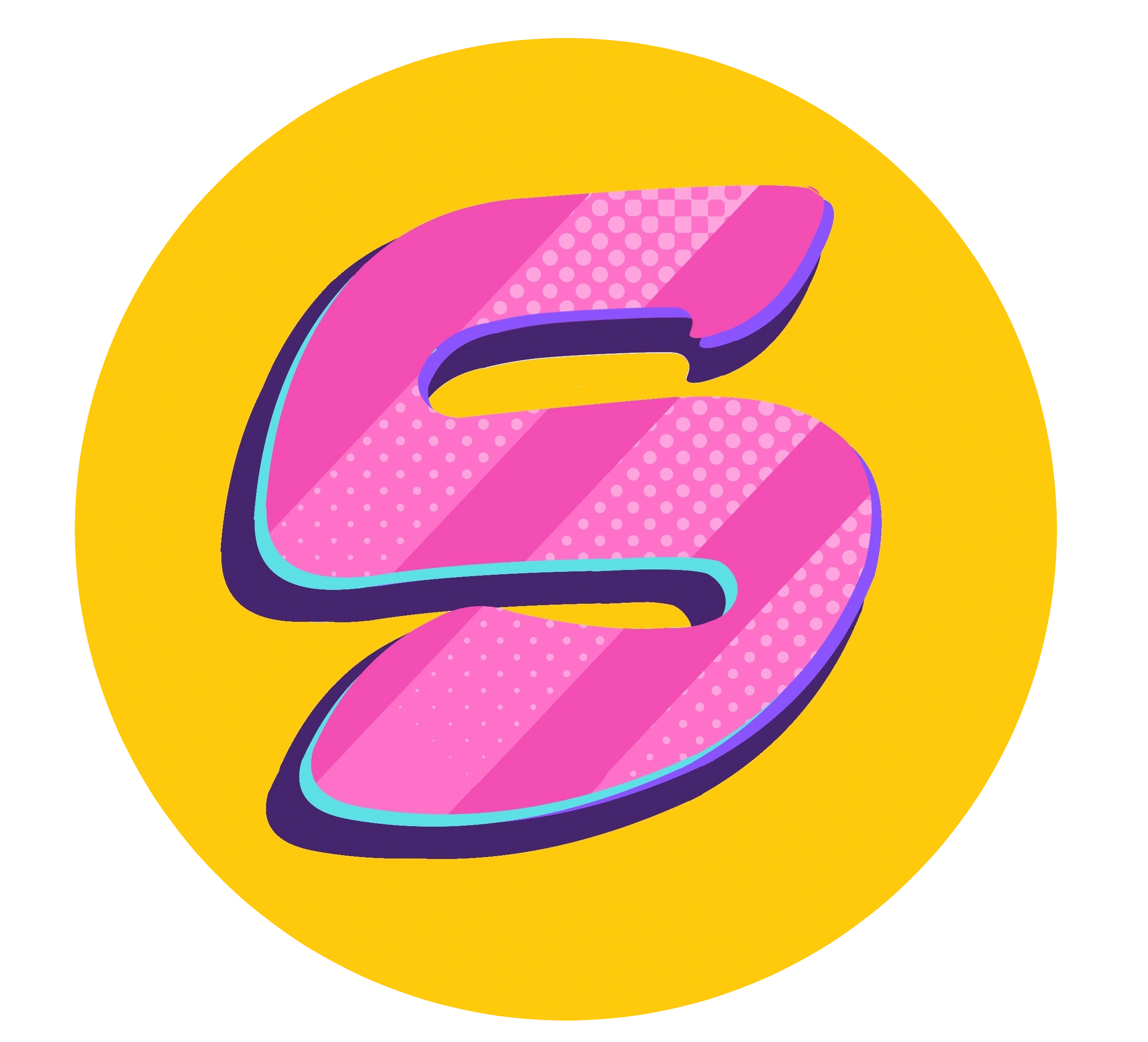
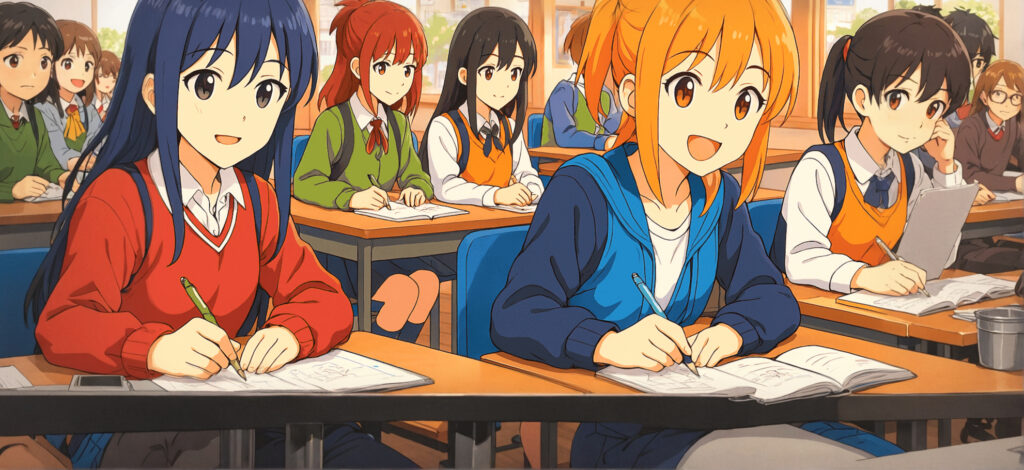
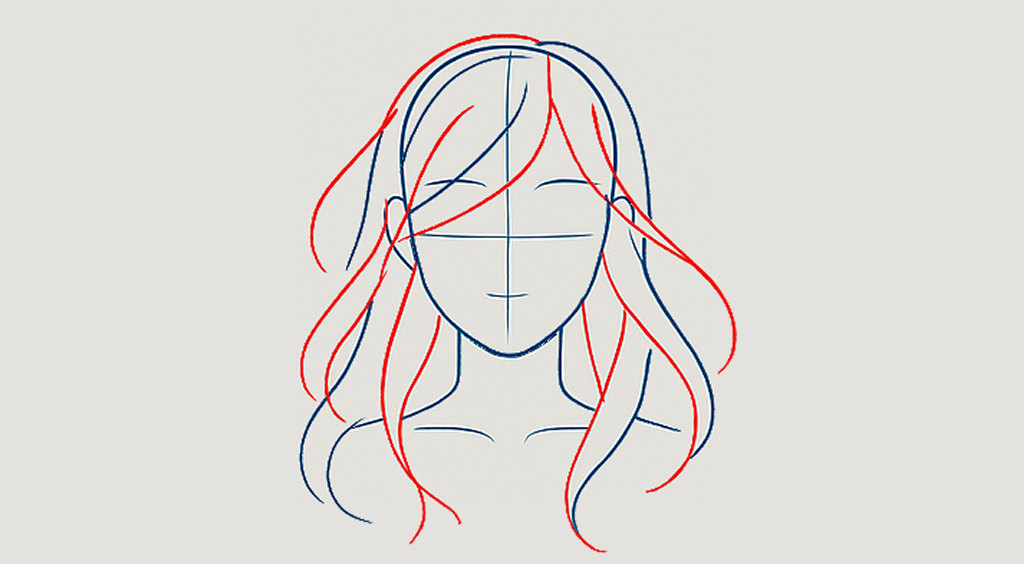
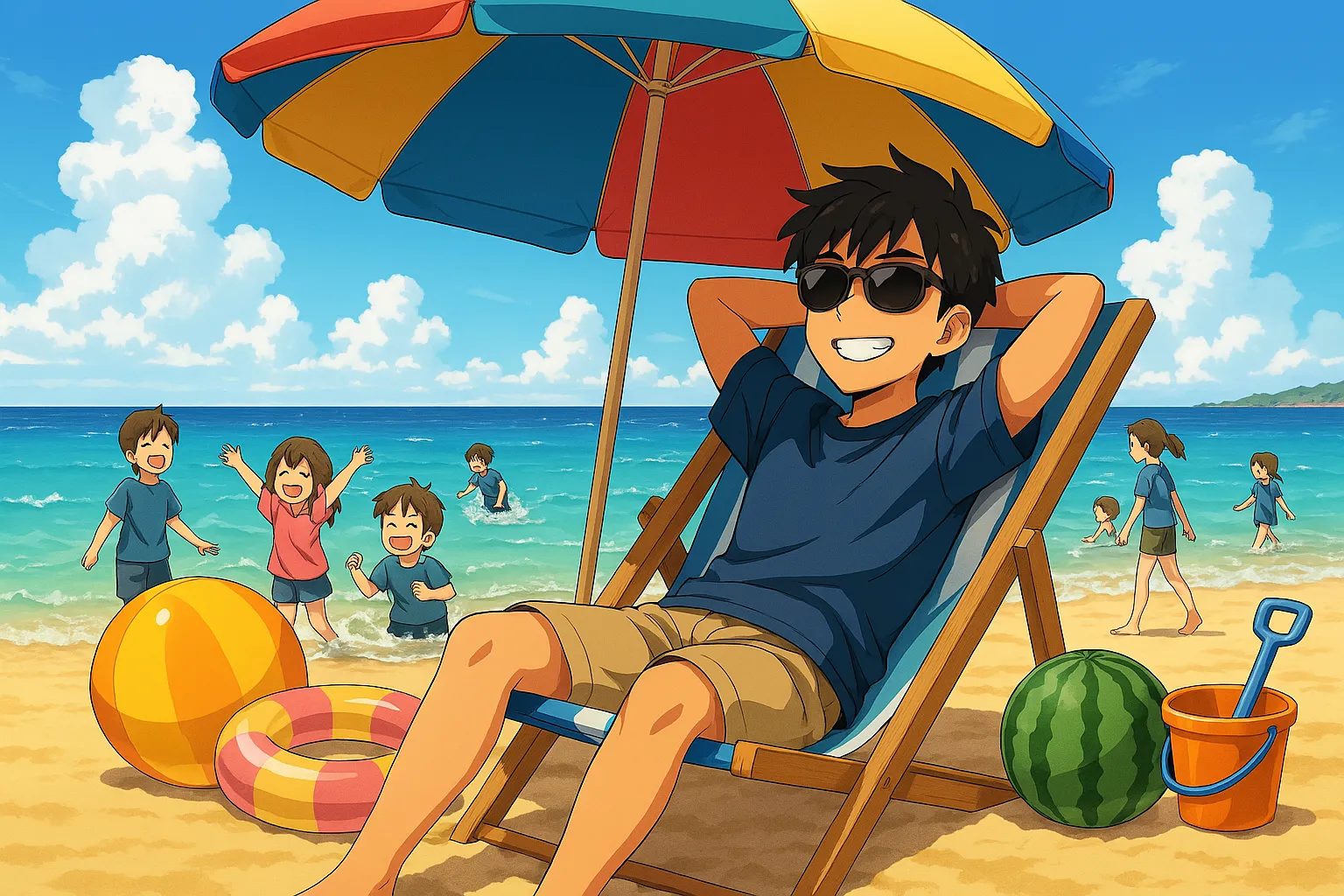
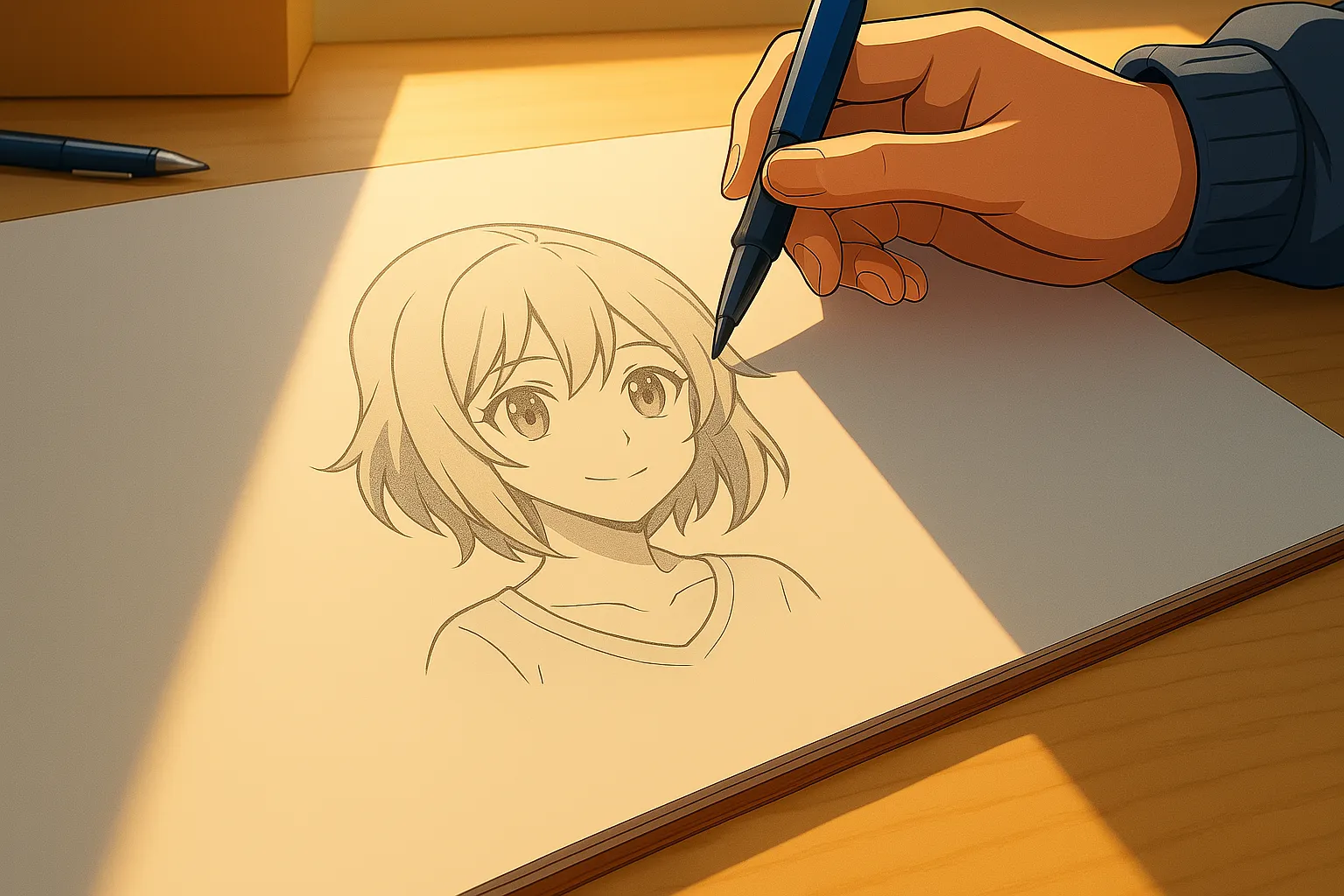



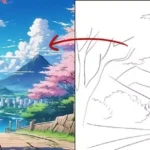
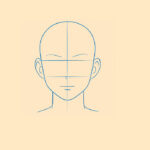
Leave a Reply